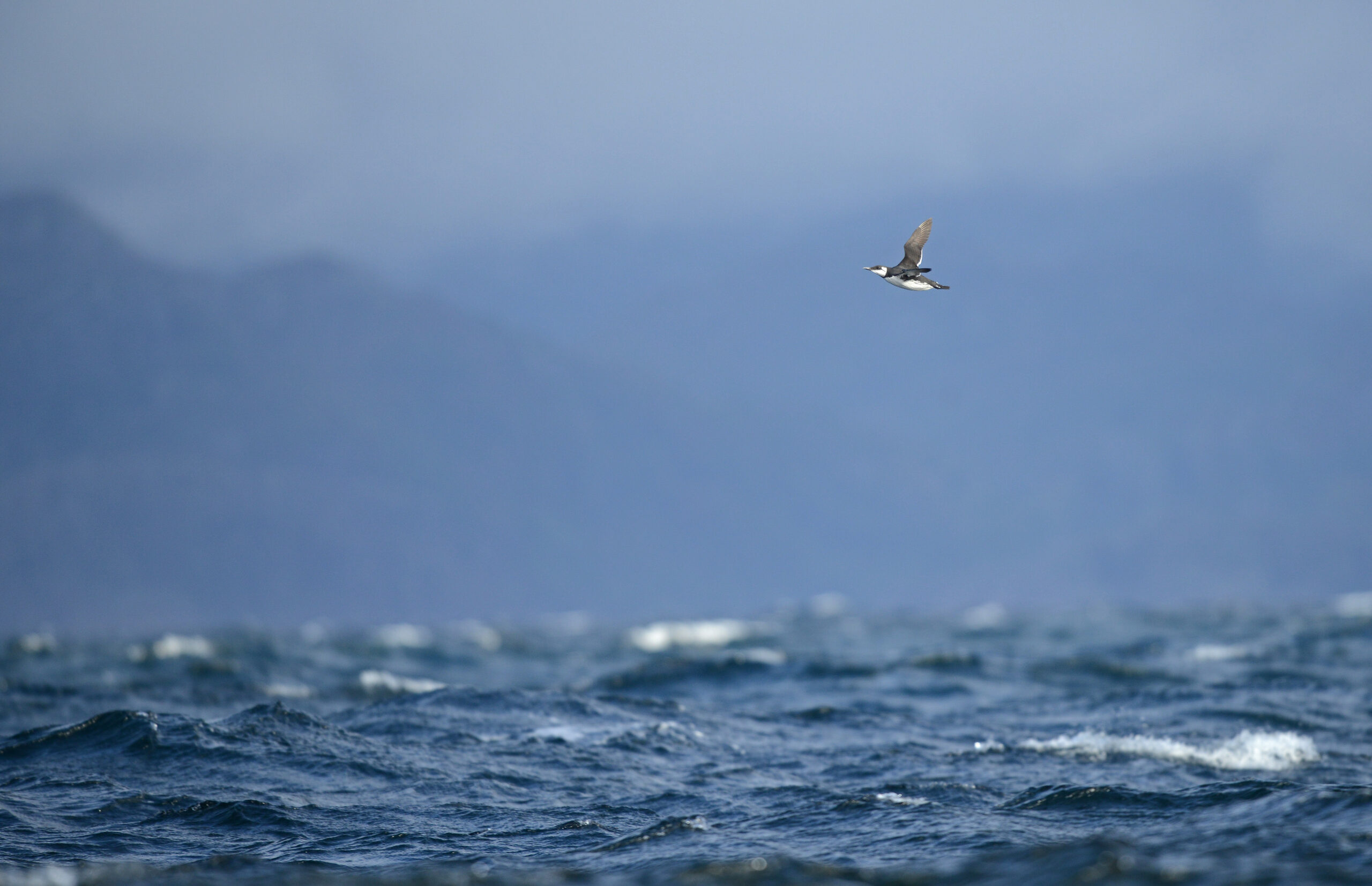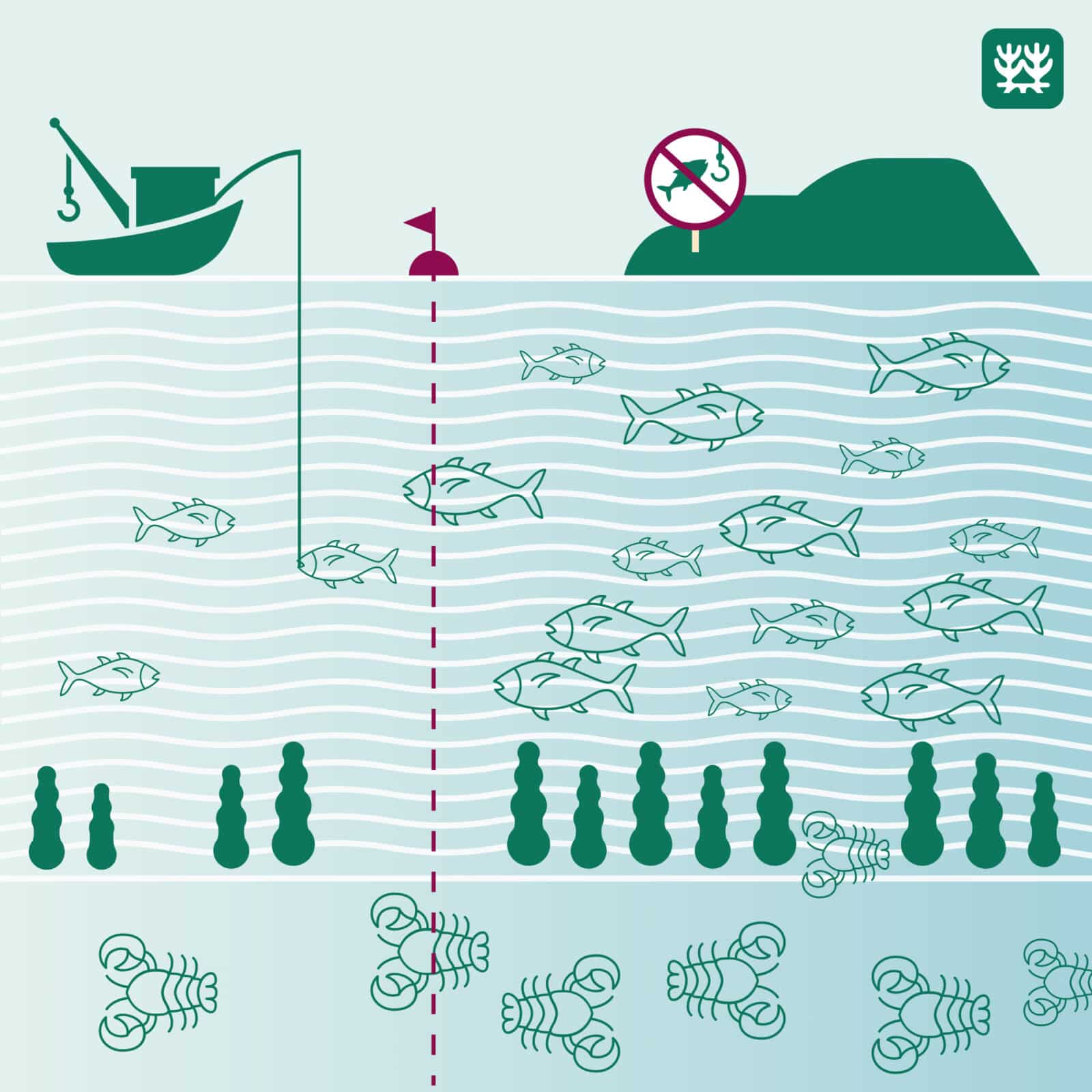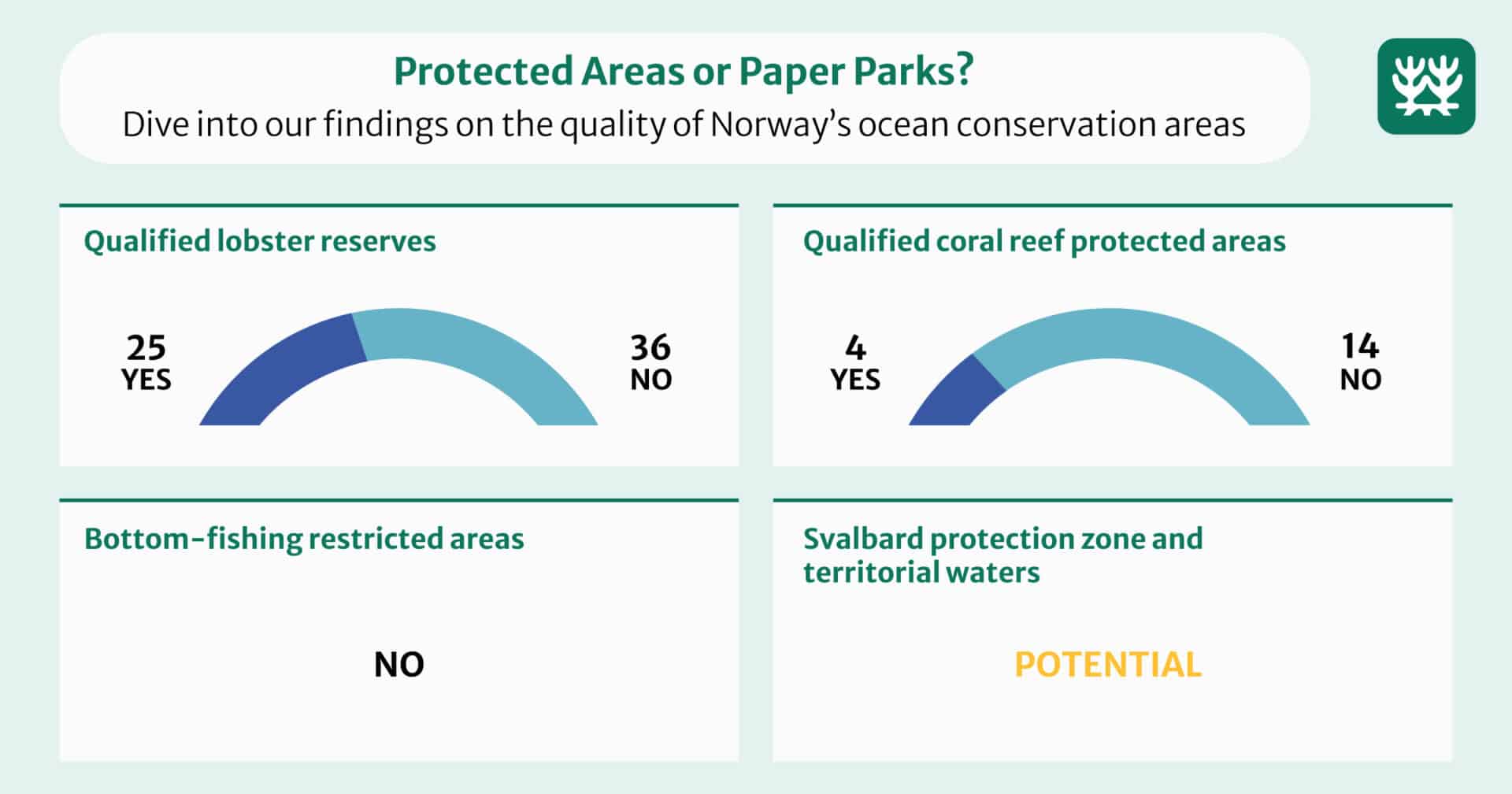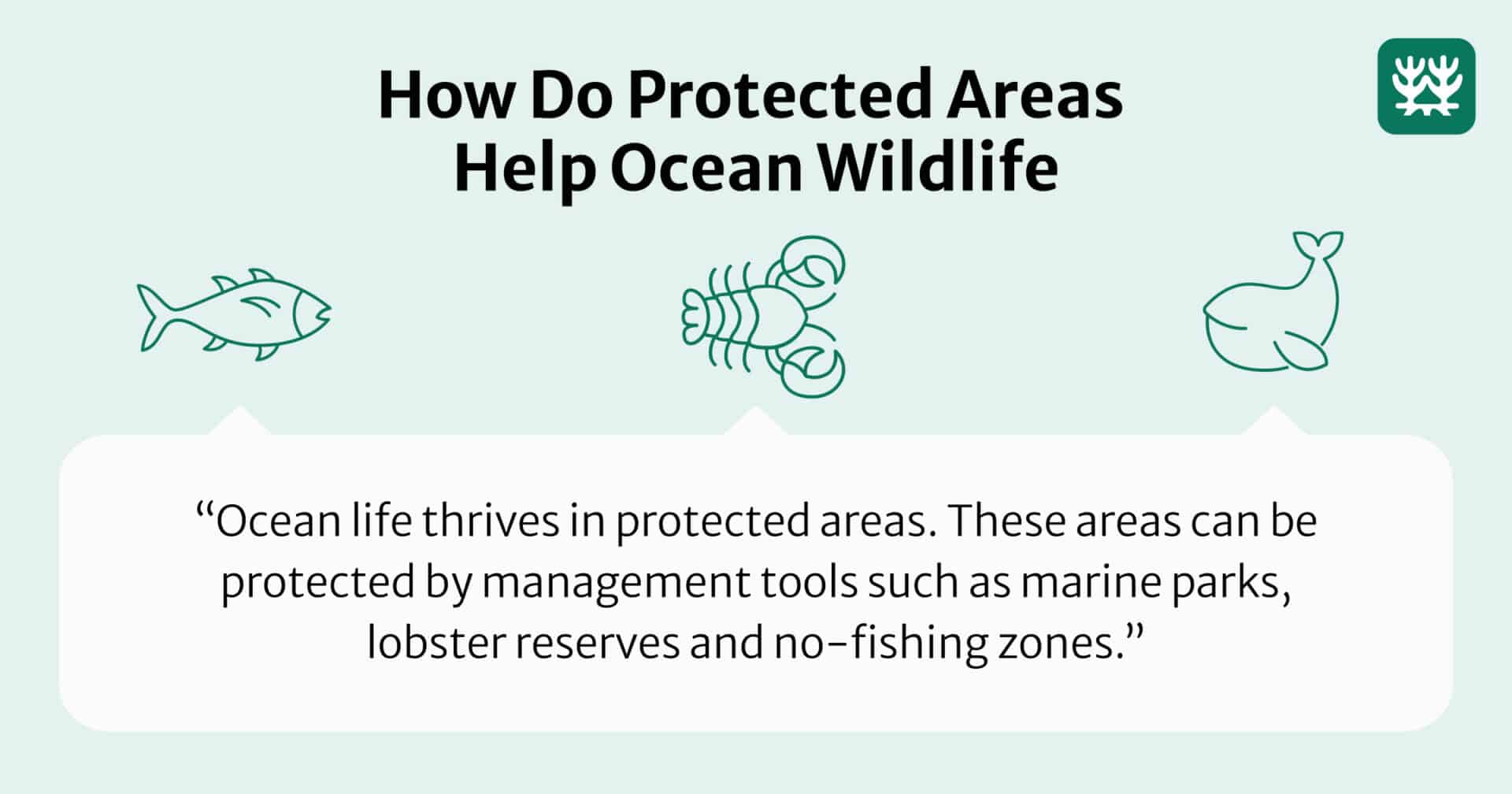Norway’s Ocean Commitments – Protected Areas or Paper Parks?
A scientific review (2024) shows that very little ocean area under Norway’s jurisdiction is yet effectively protected in MPAs or OECMs.

In December 2022, governments agreed to the Kunming-Montreal Global Biodiversity Framework (GBF), including the ambitious “30×30 target” to conserve 30% of marine areas in “protected areas and other effective conservation measures” by 2030.
Today, less than 1% of the over 2 million km2 of ocean under Norway’s jurisdiction is fully protected in marine protected areas (MPAs) and Norway has not yet declared any “other effective area-based conservation measures” (OECMs) to the Convention on Biological Diversity (CBD).
However, the Government has reported to Parliament that “Norway has protected approximately 44% of Norwegian sea area with so called effective area-based measures” and published a preliminary assessment of potential OECM candidates.

Just a small fraction of Norway’s ocean is protected
An independent scientific review comissioned by Naturvernforbundet has assessed these potential marine OECMs for their compliance with the CBD’s OECM guidelines. The findings indicate that the proportion of Norway’s ocean area that can be considered OECMs – and contribute towards the GBF’s 30% target – is currently just a fraction of the claimed 44%. Fortunately, there are steps the Government can take to advance their ongoing conservation journey towards 30×30.
Key Findings:
Out of 61 lobster reserves, 18 coral reef protected areas, 17 bottom-fishing restricted areas, 5 conservation zones,
492 kelp harvesting areas, and a range of other area-based fishery measures that we assessed using the IUCN World
Commission on Protected Areas 2023 Site-level tool, we find that:
- Only 25 small lobster reserves (83.28 km2 in total) and 4 coral reef protected areas (120.65 km2 in total) currently meet the CBD/IUCN OECM criteria. None of the others can be defined as areas “that achieve positive and sustained long-term outcomes for the in situ conservation of biodiversity” (CBD Decision 14/8, 2018). These OECM-compliant areas make up only 0.01% of Norway’s ocean area.
- Norway’s vast bottom-fishing restricted areas – spanning 593,845 km2, nearly 30% of Norway’s total ocean area – cannot be considered OECMs because: they are vertically zoned and only protect a subset of biodiversity from a single threat (bottom fishing); “new fishing areas” could be opened to bottom trawling in the future; petroleum facilities overlap with parts of the areas; and enormous swathes overlap and/or are adjacent to the large areas now at risk from deep-sea mining exploration and exploitation following the Norwegian Parliament’s decision of 9 January 2024.
- The 23,211 km2 new fishing area closure in the Svalbard Protection Zone and Territorial Waters does not currently comply with OECM status, but there is a potential opportunity to create a large, valuable OECM of Norway’s ocean – in an area vital for migrating whales, habour seals, seabirds, and endemic benthic species like sponges, sea pens, cauliflower corals and sea lilies.

Recommendations:
The Norwegian Government can take steps to increase Norway’s marine OECM areas by:
- Redefining the boundaries of the lobster reserves and coral reef protected areas that otherwise meet the OECM criteria to exclude any areas already reported as MPAs.
- Creating a large OECM in the Svalbard Protection Zone and Territorial Waters by: permanently banning all industrial fishing; establishing buffer zones to protect the area from the impacts of adjacent industrial fishing; and redefining the OECM borders to exclude MPAs.
- Instead of trying to reach the 30% target by relabelling existing measures, Norway should use its vast marine knowledge and mapping resources to implement real protected marine reserves where it matters most.
Norway’s current approach on OECMs is in danger of artificially and prematurely inflating its contribution to the GBF 30×30 target. We are calling on the Norwegian Government to revisit its position on domestic marine OECMs, bringing them into alignment with CBD definitions and global guidelines.

Dunshea, G., Olaussen, K. & Eckbo, N.H. 2024. Potential marine Other Effective Area-Based Conservation Measures (OECMs) in Norway: Current compliance status in relation to CBD and IUCN guiding principles, definitions and criteria. – NTNU Vitenskapsmuseet naturhistorisk rapport 2024, 3:71.